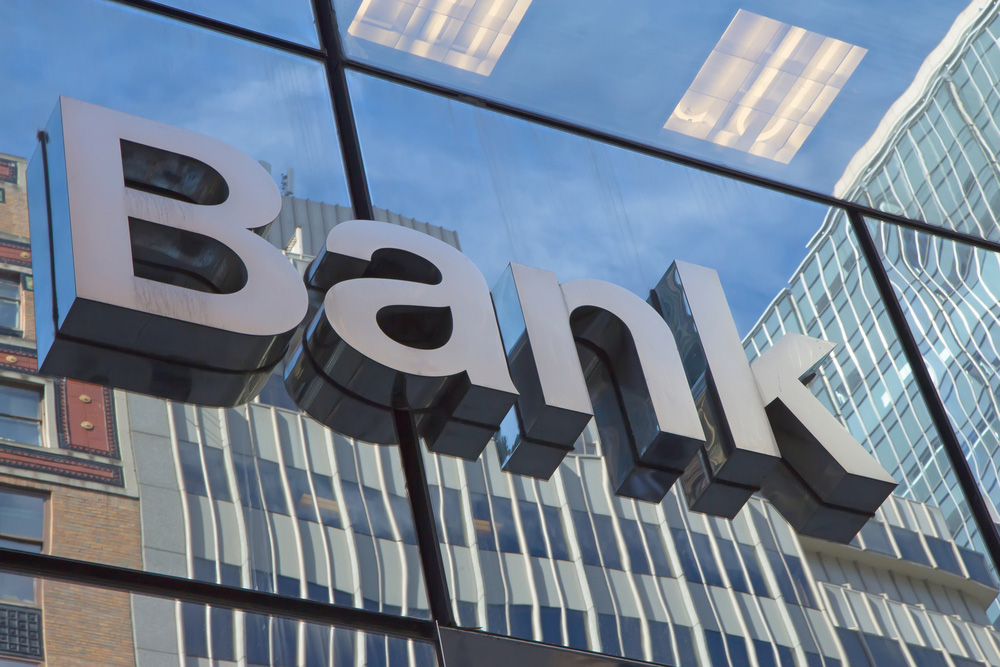It is estimated that the Indian economy grew by 9.7% in the first half of 2022-23, significantly higher than China’s 2.2%, the UK’s 3.4% and the USA’s 1.8%. The local banking sector is often a proxy to the trends in India’s economy. Take the latest round of a survey by the Federation of Indian Chambers of Commerce and Industry (FICCI) and Indian Banks’ Association (IBA). Conducted over the first half of 2022 across 25 lenders in India that account for three-quarters of the sector’s assets, it reveals a fair degree of comfort. Unlike last year’s majority, only a small fraction of surveyed banks reported rising requests for loan rejigs.
Buy Prime Test Series for all Banking, SSC, Insurance & other exams
Public-Sector Banks:
- Among state-run banks, with which a bulk of the NPAs usually reside, 89% saw their bad loans on the decline; among private banks, two-thirds did. Half the respondents expected NPAs to be under 8% of advances by the end of 2022, with a third projecting 8-9%.
- This would be an upswell from the end-March gross figure of 5.9%—a six-year low—published by the Reserve Bank of India (RBI) in its last Financial Stability Report (FSR), but still not in double digits.
- The FICCI-IBA survey points to a rebound in commercial activity. Sectors like infrastructure, chemicals, food processing and steel are witnessing healthy demand for long-term credit, while a few are still struggling.
- Micro, small and medium enterprises, easing credit for which was a major part of our pandemic provisions, have not bounced back the way larger firms have and distress among them could smudge loan books. Although the story of contact-intensive services has been one of fits-and-starts, a steady recovery should lend them stability.
The Current Scenario:
- Even as vast stimulus and other support measures have helped India’s economy more or less regain its pre-covid size, the after-effects of that crisis have been a matter of concern.
- A particular worry was the impact on the non-performing assets (NPAs) of banks. Since various debt rework and relief measures—aimed chiefly at easing repayment terms—were declared during the pandemic, fear was that these might kick a covid-restuffed can of bad loans down the road, setting lenders up for a sharp drop in asset quality—despite a state backstop for some loans—and a resultant squeeze of capital cushions along our path to normalcy.
- While the scenario could yet worsen as interest rates rise and repayments come due amid rising business costs, the signals so far suggest those fears were overblown.
- RBI’s June FSR put their cushion at an impressive 16.7% of risk-weighted assets (“a new high”). Moreover, the central bank’s adversity-scenario tests found that banks would hold their own even under severe stress.
Find More News Related to Banking




 Weekly One Liners 15th to 21st of Decemb...
Weekly One Liners 15th to 21st of Decemb...
 World Basketball Day 2025 Celebrates Bas...
World Basketball Day 2025 Celebrates Bas...
 UN Celebrates Second World Meditation Da...
UN Celebrates Second World Meditation Da...







